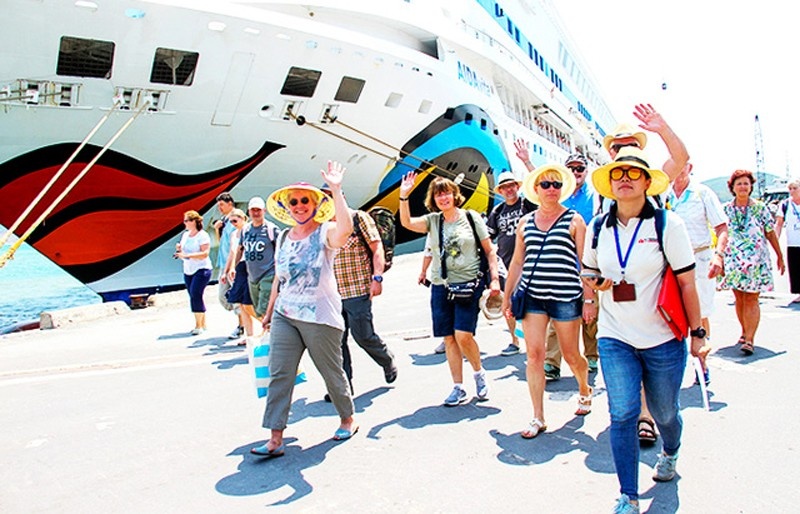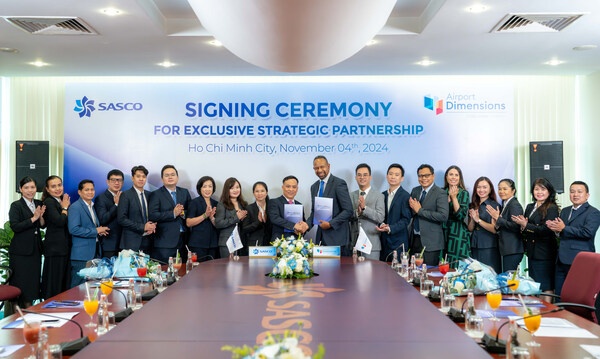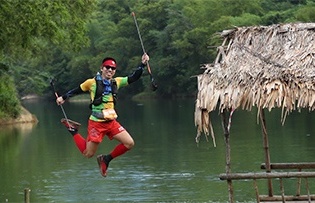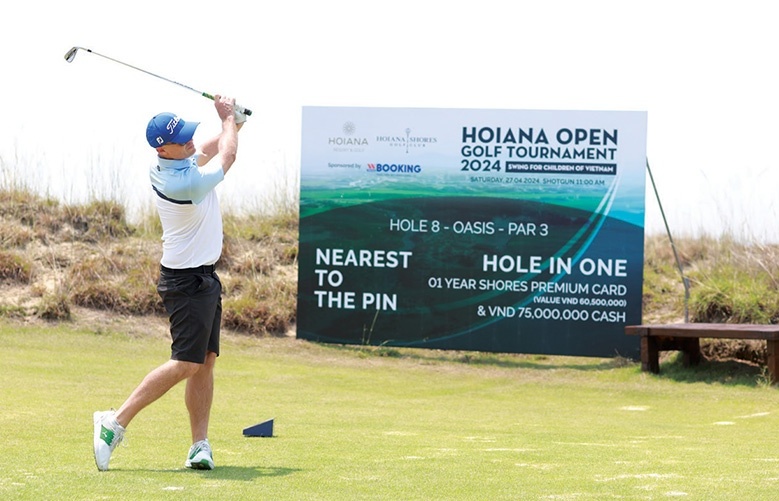Vietnam looks to sharpen tourism image

The event was concerned with the implementation of Vietnam’s tourism strategy through 2020, with the vision toward 2030.
Speaking at the seminar, head of VNAT Nguyen Van Tuan, said that Vietnam needed to further develop as a tourism trademark and he stressed this as a key factor in regional competitiveness. Over the last several years, tourism growth and development has been inconsistent, with cultural and historic sites failing to popularise and a shaky national marketing platform.
Vu The Binh, chairman of the Vietnam Tourism Association, also noted that building Vietnam as a tourism brand was vital to the industry. He explained that there needs to be more cooperation between authorities, enterprises, associations and other groups to create a uniform plan and a comprehensive strategy to both attract visitors and, once in the country, provide them with a positive tourism experience.
Binh added that the industry introduced many promotions, marketed destinations and sites, and developed infrastructure, but had not done so consistently so as to present the Vietnam tourism brand in a clear way to international consumers.
“A national tourism brand is the same as any other product or service,” said Binh, “it needs to be apparent and attractive to consumers.”
Florian Sengstschmid, a branding expert from the EU’s Environmentally and Socially Responsible Tourism Capacity Development Programme (ESRT), elaborated that Vietnam was not less attractive than other destinations. However, the problem seemed to be mostly with brand name and communication.
He shared four important elements for developing an effective tourism brand: logo, experience, images, and stories. He presented a sample logo “Vietnam – Timeless Charm” and explained that the country needed to better develop its tourism products, emphasise images of the tourism experience, and finally, develop a story that binds the concept together.
In August, more than 130 participants from 63 provincial departments of culture, sports and tourism, tourism promotion centres, and other relevant entities attended a series of intensive training courses on Tourism Destination Marketing, organised by the VNAT and supported by ESRT.
Meanwhile, Nguyen Quoc Ky, general director of Vietravel said that to build national tourism brand, the industry would rather concentrate in the most key element- food to compete with other countries than invest in many things that would spend huge investment capital and time.
He added that Vietnam had a marketable niche with food. He explained that Vietnamese food was very popular around the world, and that as a tourism concept, it didn’t require significant investment or development.
Tran Van Long, general director of Viet Media Travel, shared a different viewpoint, saying that famous destinations such as Halong Bay and Phong Nha Cave were already popular and that Vietnam should emphasise these places to attract visitors for a first time and work towards developing others to give them a reason to return.
According to Tuan, the tourism strategy through 2020 is aimed at strengthening advertising campaigns and encouraging businesses and other organisations to work together to promote a consistent national tourism brand and concept. The tourism industry planned to serve 7.2 million international visitors and 35 million domestic tourists in 2013 with the revenue reaching $9.5 billion, an 18.75 per cent increase against 2012.
What the stars mean:
★ Poor ★ ★ Promising ★★★ Good ★★★★ Very good ★★★★★ Exceptional
Latest News
More News
- Ba Ria-Vung Tau strengthens regional links to bolster tourism (November 04, 2024 | 10:00)
- Vietnam attracts growing interest from global travellers (October 28, 2024 | 17:59)
- Vietjet receives latest aircraft from Airbus in France (October 08, 2024 | 18:02)
- Telling travel stories through movies (October 08, 2024 | 14:00)
- South Korean tourists lead Vietnam’s tourism revival (October 08, 2024 | 11:49)
- Vietnam a golden land for golf tourism (October 08, 2024 | 11:41)
- Con Dao leads the way in circular tourism (October 08, 2024 | 08:00)
- Nestlé and VNAT announce new cooperation initiative (October 02, 2024 | 15:43)
- Hanoi recognises new city-level tourist areas (September 27, 2024 | 20:25)
- Hue to host 2025 National Tourism Year (September 19, 2024 | 15:13)




















 Mobile Version
Mobile Version